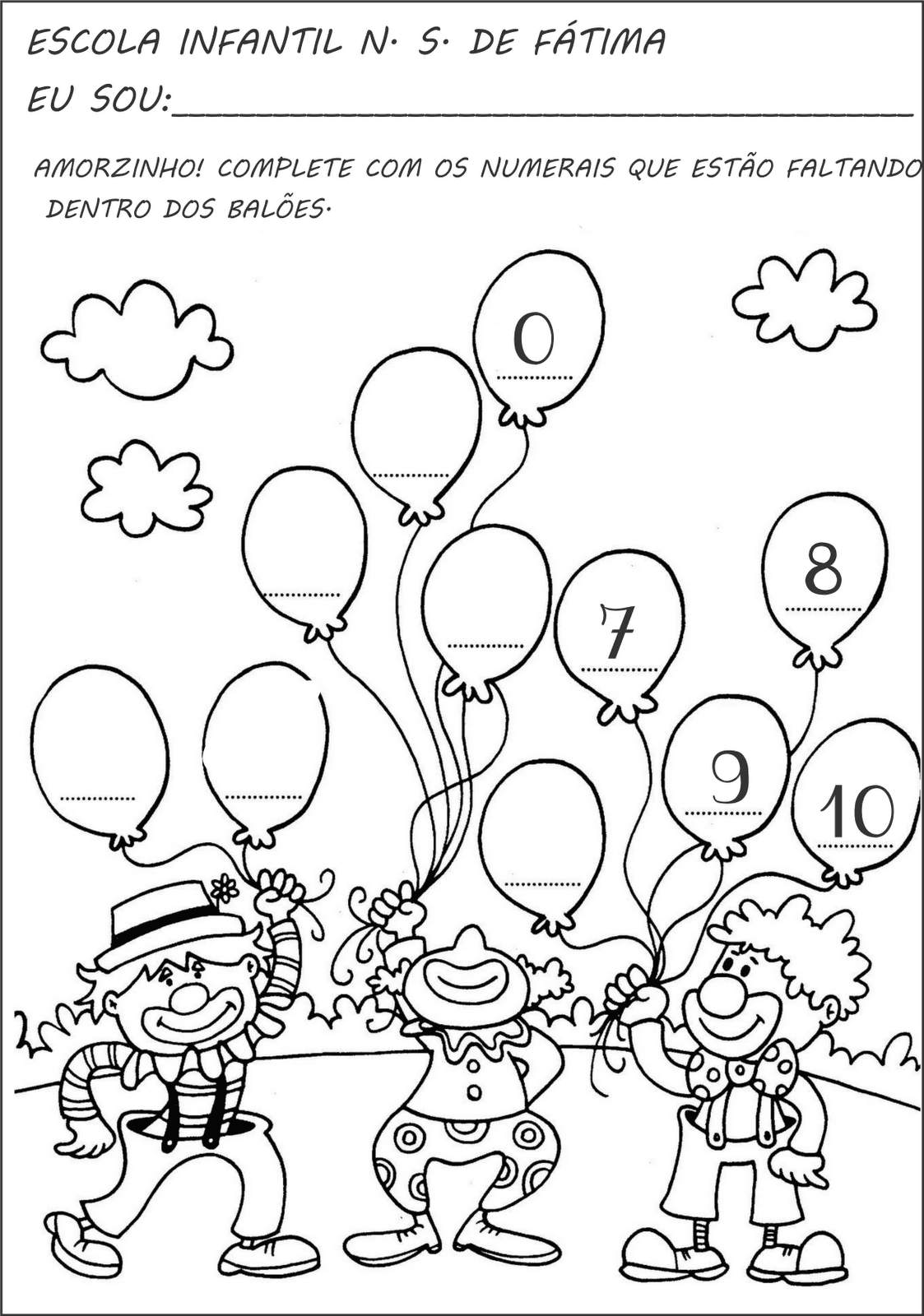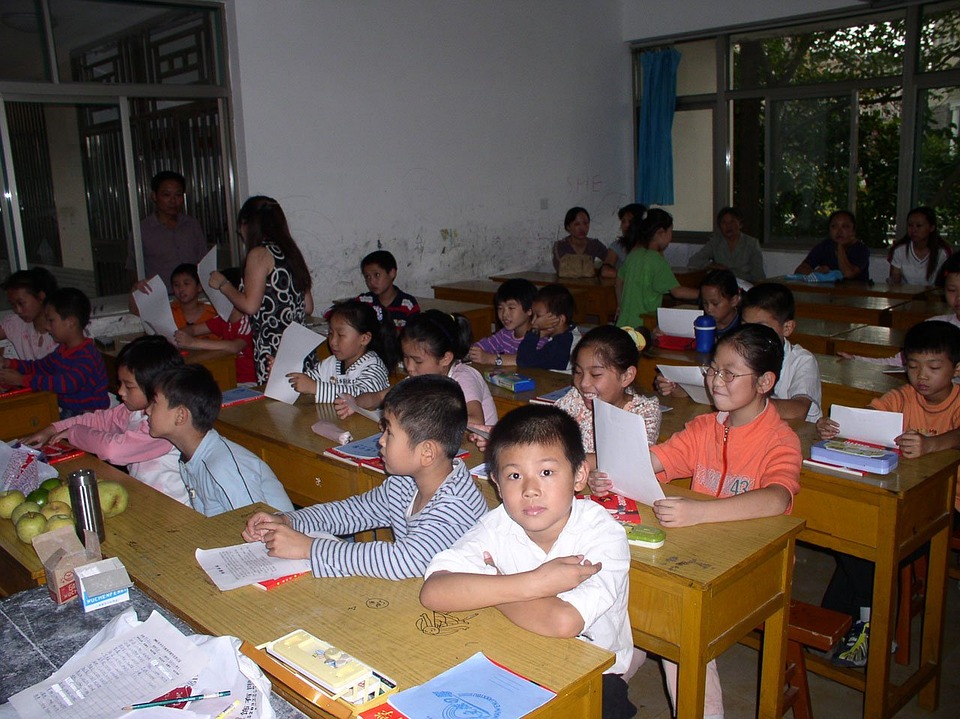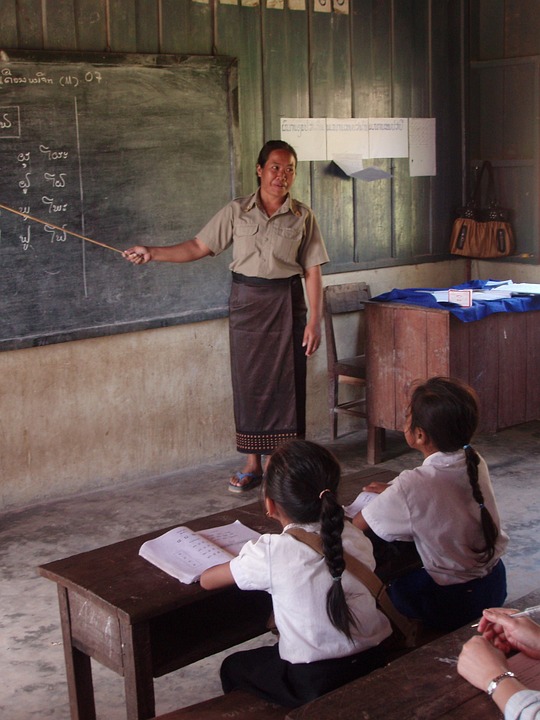Goals:
- Provide students with a clear and comprehensive understanding of numbers up to 20.
- Develop counting, identification and representation skills for numbers up to 20.
- Encourage the resolution of simple problems involving numbers up to 20.
Introduction:
- Start the class by remembering the numbers up to 10, through counting and identification activities.
- Present the numbers 11 to 20 gradually, highlighting their differences in relation to the previous numbers.
- Use concrete materials, such as building blocks or numerical cards, to represent and manipulate numbers up to 20.
Development:
- Review of numbers up to 10: <10 minutos>
- Carry out counting activities together with students, highlighting the numerical sequence up to 10.
- Presentation of numbers 11 to 20: <15 minutos>
- Enter the numbers 11 to 20, showing their sequence and differences in relation to the previous numbers.
- Practical identification and representation activities: <25 minutos>
- Distribute number cards and ask students to identify and represent numbers up to 20.
- Propose association activities between numerals and quantities of objects, such as counting and grouping caps or pencils.
Return:
- Learning Check: <10 minutos>
- Carry out a round of questions and answers to check if students can identify the numbers up to 20.
- Student feedback: <5 minutos>
- Ask students to express what they liked most or had difficulty with during the class.
Homework:
- Propose fixation exercises involving counting and identifying numbers up to 20.
Conclusion:
- Review the main concepts covered in class, emphasizing the importance of understanding numbers up to 20 for mathematical development.
- Reinforce the idea of practice and constant review to strengthen learning of numbers up to 20.
- Encourage students to explore and practice more at home in order to consolidate the knowledge acquired.




